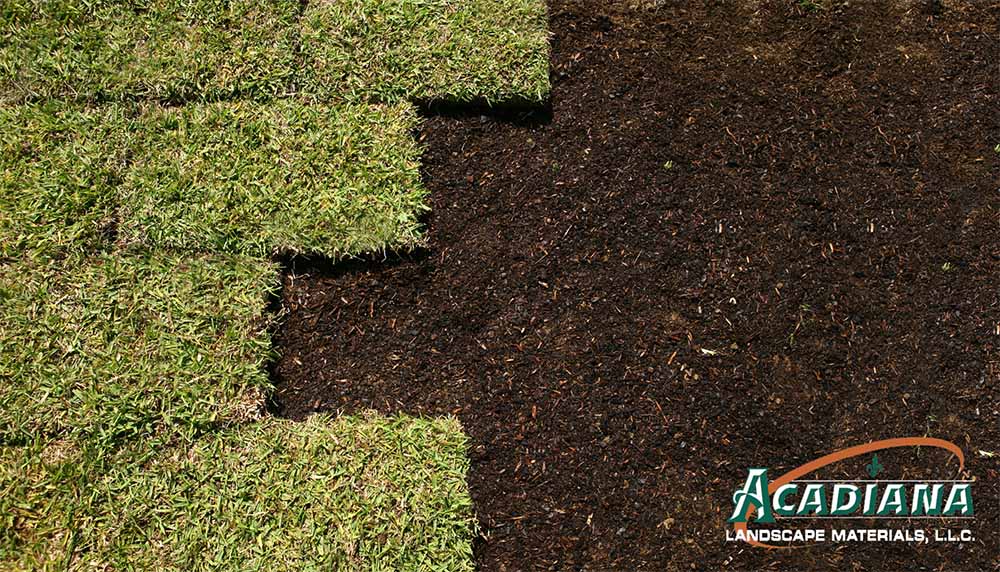
How to Protect Your Lawn from Winter Turf Damage in South Louisiana
Winter in South Louisiana might be milder compared to other regions, but it can still wreak havoc on your lawn. Between sudden cold snaps, excess moisture, and reduced sunlight, your turf faces unique challenges. Winter turf damage can leave your lawn patchy, weak, and vulnerable to pests and weeds in spring.
In this blog, we’ll dive into the causes of winter turf damage in South Louisiana, answer common questions about lawn care during colder months, and share actionable tips to protect your lawn and keep it healthy year-round.
What Causes Winter Turf Damage in South Louisiana?
- Frost Damage: Despite our warmer winters, frost still happens. Freezing temperatures cause grass blades to become brittle and susceptible to damage from foot traffic.
- Excess Moisture: Winter rains and poor drainage can create soggy conditions, leading to fungal diseases like brown patch or root rot.
- Dormancy Stress: Warm-season grasses like St. Augustine, Bermuda, and Zoysia naturally go dormant in winter, leaving them more vulnerable to compaction, pests, and diseases.
Frequently Asked Questions About Winter Turf Damage
1. Can I mow my lawn in winter?
Yes, but sparingly. Avoid mowing grass that has stopped growing or is frost-covered, as this can damage fragile blades.
2. Should I fertilize my lawn during winter?
Avoid high-nitrogen fertilizers, as they encourage new growth that’s susceptible to frost. Instead, use a potassium-rich winterizer fertilizer to strengthen roots.
3. How do I prevent standing water on my lawn?
Ensure proper drainage by aerating your lawn in the fall. If standing water persists, consider installing a drainage system to redirect excess moisture.
4. What are signs of winter turf damage?
- Yellowing or browning grass
- Patches of dead grass
- Fungal growth, such as white or gray powder on blades
5. How do I repair damaged turf in spring?
Once temperatures warm up, apply a pre-emergent herbicide to prevent weeds and overseed bare spots with compatible grass varieties.
How to Protect Your Lawn from Winter Turf Damage
- Aerate and Dethatch: Prepare your lawn in the fall by aerating to reduce compaction and dethatching to remove dead grass buildup.
- Keep Off the Grass: Avoid walking on your lawn when it's frosty or overly wet to prevent compaction and breakage.
- Apply a Fungicide: Treat your lawn with a preventative fungicide to reduce the risk of winter diseases like brown patch.
- Proper Drainage: Address low spots in your yard or install a drainage system to prevent waterlogging during rainy winter months.
- Winterize Your Lawn: Apply a potassium-rich fertilizer in late fall to help strengthen your turf’s root system for the dormant season.
Winter turf damage in South Louisiana is preventable with the right care and preparation. By understanding the causes and taking proactive measures, you can protect your lawn during the colder months and set it up for a lush, healthy spring. From aerating in fall to applying winter fertilizers, small steps now can make a big difference later.
Need expert help with your winter lawn care? At Acadiana Landscape Materials, we offer tailored solutions to keep your turf healthy and vibrant all year long. Contact us today for a consultation!
